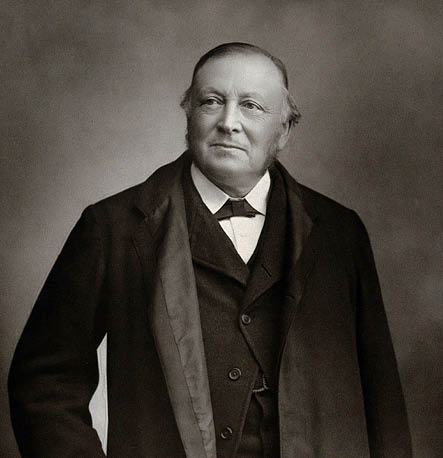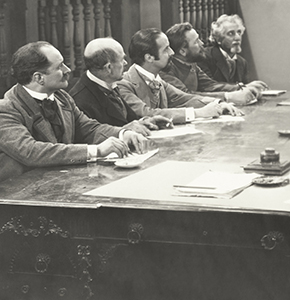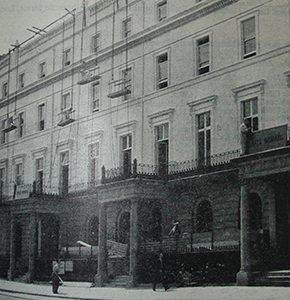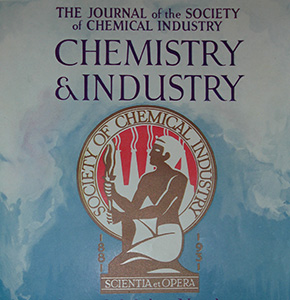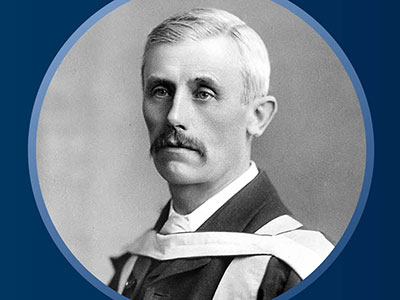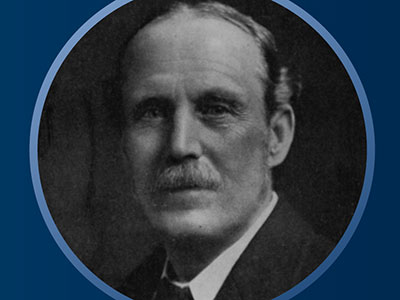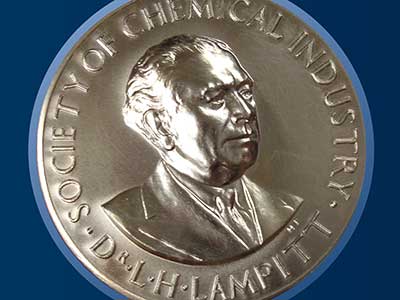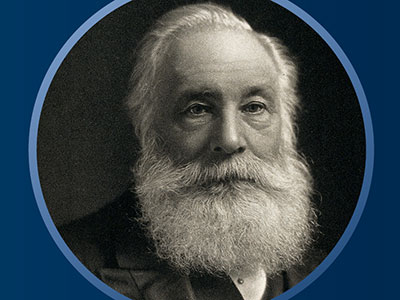The Society of Chemical Industry was formed in 1881 by prominent scientists, inventors and entrepreneurs of their day, who went on to form the products, processes and companies that propelled society forward.
The importance of chemistry
Chemistry is ubiquitous and underpinning. Without chemistry, there would be no life. Without chemistry, there would be no industry. It is easy to confuse natural chemistry with synthetic chemistry, but they are the same thing. Understanding chemistry and its uses is vital to enable us to exist without destroying the environment we depend on. Many people use chemistry without realising it, and do not understand that the solutions to their problems are often chemical in nature.

